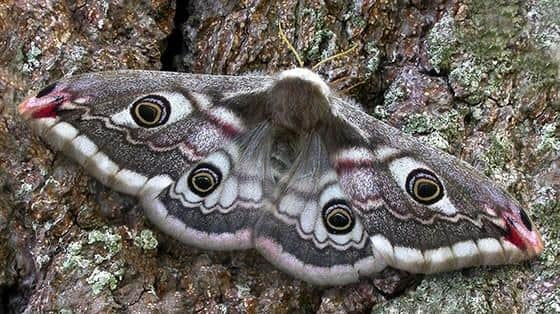Moths disappearing from UK woods faster than from farms or cities, say scientists
Forest populations halved during 1968-2016 compared to average national losses of a third
A team of scientists led from Rothamsted Research found that populations have more than halved in broadleaf woodland, compared to average losses of 34% across the rest of the country.
Advertisement
Hide AdAdvertisement
Hide AdHabitat loss, pesticides and urban light pollution have all been implicated in insect declines, but the new results show the greatest losses are occurring in broadleaf woodland, a UK habitat type that in fact increased in area during the study period and is relatively shielded from the effects of chemical and light pollution.


Broadleaf woodlands are often less intensively managed and avoid the chemical pitfalls of commercial plantations which are often sprayed with insecticide.
The authors say the reasons for the declines are still unknown, but climate change may play a role.
Lead author, Dr Dan Blumgart said: “Climate change is known to have contributed to the national decline in moths and it is likely that this has driven at least part of the decline observed in woodlands.
“But this can’t explain why the declines have been worse in broadleaf woodland compared to other habitats. We might expect the shade provided by woodlands to help buffer against the effects of climate change, but that is clearly not the case.”
Based on data from more than 400 species and over eight million individual moths, the study looked at four indicators of moth population health over 49 years.
The team measured species richness, which is a measure of the number of species, and species diversity, which takes into account the number of species present as well as how many individuals of each species there are.
Broadleaf woodland was the only habitat in which all four measures declined severely, with abundance down 51%, biomass down 52%, species richness down 14%, and species diversity down 15%.
Advertisement
Hide AdAdvertisement
Hide AdThis contrasted with smaller nationwide declines in abundance (34%) and biomass (39%), whilst species richness didn’t change, and species diversity actually increased by 10%.
Despite their declining numbers, moths are expanding their ranges northward – another indication that climate change is impacting their populations.
The study is published in the journal Insect Conservation and Diversity.
Comments
Want to join the conversation? Please or to comment on this article.